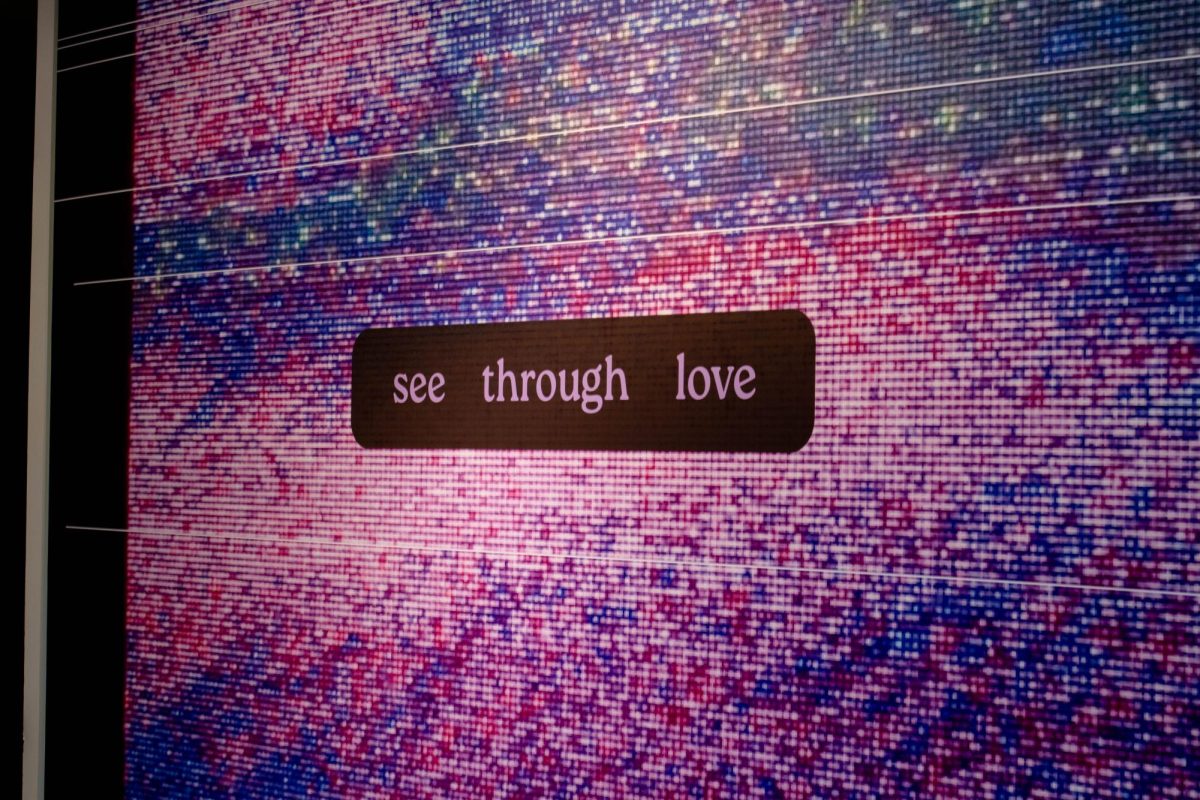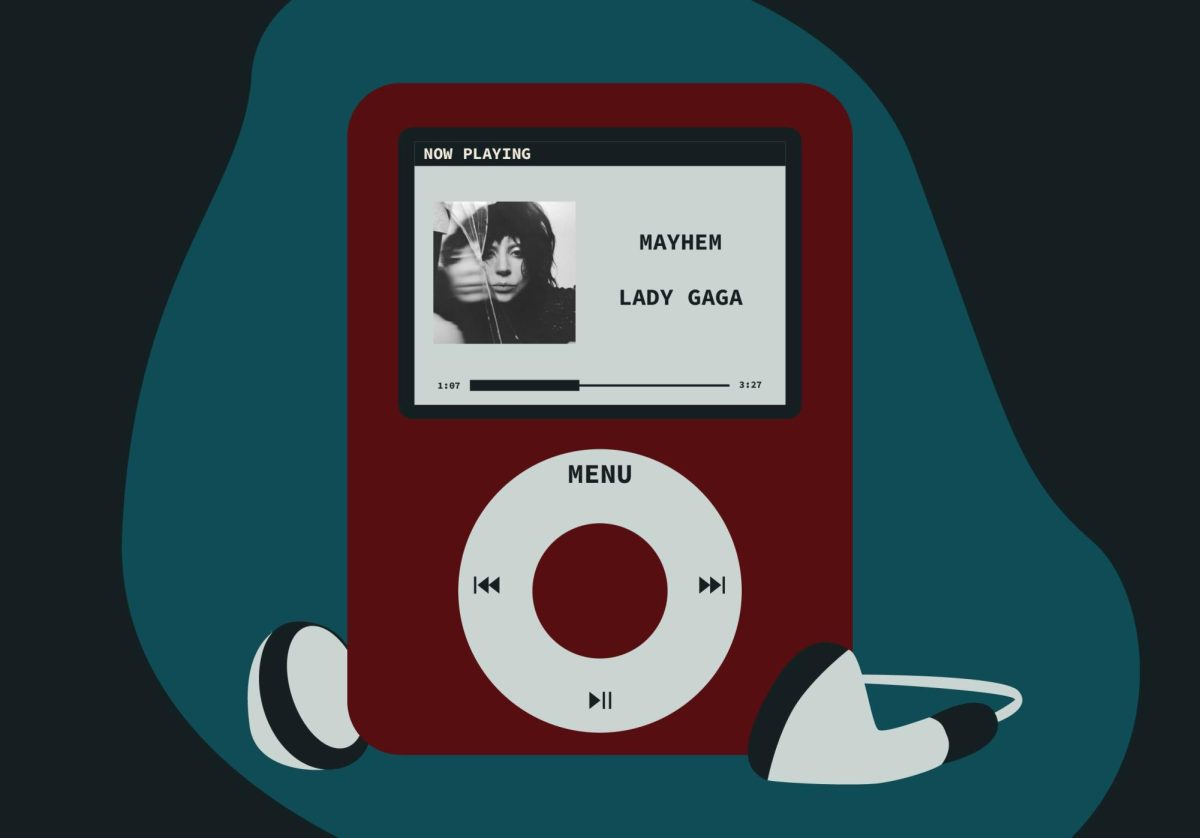After bearing the loss of a core member, the Foo Fighters’ new album shows the band’s persistence through a powerful, cathartic album — their best release in over a decade.
The Foo Fighters suffered the loss of longtime drummer Taylor Hawkins in March 2022. Hawkins died at the age of 50 while the band was on tour in South America, the same day they were set to have a headlining performance at a music festival in Colombia.
Hawkins was a part of the band for 25 years, appearing on every Foo Fighters album from 1999’s “There is Nothing Left to Lose” onward until his death. The future of the band was uncertain after the band canceled the remainder of their 2022 world tour in light of Hawkins’ passing.
The band’s new drummer is industry veteran Josh Freese, who has familial connections to Minnesota. A versatile percussionist, Freese has previously served as drummer for several of the biggest rock bands in the world, including Nine Inch Nails and Guns N’ Roses.
Fronted by Dave Grohl, Foo Fighters was initially Grohl’s solo project born out of another tragedy, the death of Nirvana frontman Kurt Cobain. Grohl performed with Cobain as a drummer during the band’s overwhelming rise to a level of stardom and mainstream success comparable to The Beatles, or even Michael Jackson. Yet eleven albums into their nearly 30-year career as a group, “But Here We Are” presents a sense of urgency and powerful emotion rarely heard on any of Foo Fighters’ previous albums.
The opening track and first single for the band’s 11th LP, “Rescued,” serves as a mission statement for the album both lyrically and musically. The song’s lyrics strongly allude to Hawkins’ sudden death. “It came in a flash, it came outta nowhere. It happened so fast, and then it was over.”
From the outset, it is clear Foo Fighters are tackling their collective grief head-on and found catharsis through writing and recording new material. The catharsis is best exemplified towards the end of the track with a wall-of-sound build and exhilarating drum beat from Freese, then fading out with about 20 seconds of electric guitar feedback. The musical dynamics of the track are a high point of the album, opening with gentle guitar chords before cascading into a therapeutic hard rock anthem.
The album’s second track, “Under You,” is musically reminiscent of the band’s 1999 hit “Learn to Fly,” utilizing catchy electric guitar parts and clean, melodic vocals from Grohl. The track addresses the impact of Hawkins’ death even more directly, not just as a long-time member of the band, but as a friend.
“Someone said I’ll never see your face again. Part of me just can’t believe it’s true. Pictures of us sharing songs and cigarettes,” the lyrics go. “This is how I’ll always picture you. Over it, think I’m getting over it. But there’s no getting over it.”
The LP’s strongest song is the eponymous track which comes fourth in the tracklist. The title track features one of Grohl’s best vocal performances to date, howling into the microphone with as much energy and passion as he does in the band’s live shows.
Another stand-out comes during the second half of the album, “Show Me How” –– a vocal duet between Grohl and his 17-year-old daughter Violet. Violet Grohl’s voice floats on the instrumental with a breathy vocal style clearly influenced by Billie Eilish (an artist the father-daughter duo has covered live before). With each vocalist given equal room in the mix, the seventh track on the album shows Foo Fighters branching out even more musically while providing the audience with a taste of what could come from a future music career for Violet Grohl.
Other tracks on the album such as “Hearing Voices,” “The Glass” and “Nothing at All” are good but do not show Foo Fighters doing anything to depart from the sound of previous albums. These are good songs, but songs like “Rescued” and “Show Me How” are what make the album truly great.
The penultimate song “The Teacher,” with a runtime of 10 minutes, is the longest track the band has ever released on a studio album. The length of the track is warranted musically, because the track is dynamic and progressive for the band’s style. The track is another instance of “But Here We Are” branching out musically, and it works. With a super noisy, distorted outro that abruptly transitions to the slow-paced (but still noisy) closing track, “Rest,” “The Teacher” serves as an incredible climax to the album.
By evolving their alternative rock sound and expressing their grief through music and lyrics, Foo Fighters managed to harness their energy for an incredible, dynamic rock record.













